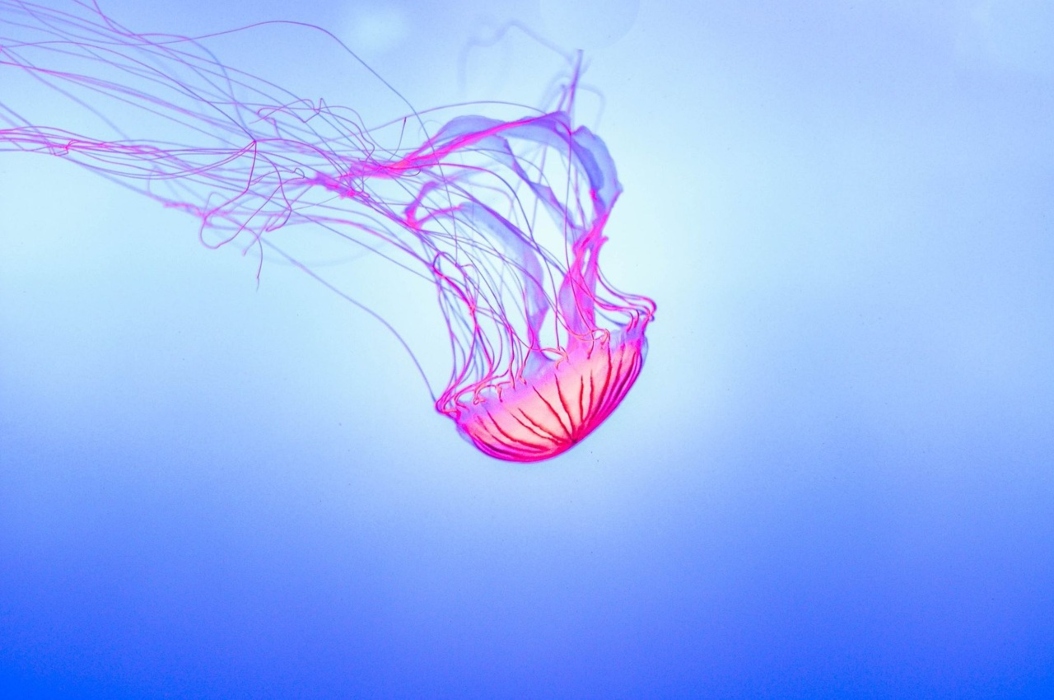A rapid surge in purple jellyfish (Pelagia noctiluca) sightings is unfolding across several Greek coastal regions, sparking renewed warnings from marine experts and environmental authorities.
The phenomenon is especially pronounced in the Pagasetic Gulf, northern Evia, and the Sporades islands.
The Greek Biodiversity Observatory reports that the scale and intensity of the current jellyfish bloom are exceeding earlier forecasts. The situation mirrors the widespread outbreaks recorded between 2020 and 2023, raising alarms about the potential for further expansion, particularly toward Eastern Attica, depending on the prevailing sea currents.
Known for their striking coloration and painful sting, purple jellyfish pose a notable hazard to swimmers. The Observatory has launched an interactive map to track sightings in real time and is urging the public to remain vigilant, especially individuals with known allergies to marine stings.
“This isn’t an unfamiliar event, but it’s becoming more frequent and intense,” said Professor Stelios Katsanevakis, a marine ecologist at the University of the Aegean. “The root causes lie in deeper environmental imbalances.”
Professor Katsanevakis points to overfishing as a major factor, which has diminished populations of jellyfish predators such as tuna and sea turtles. Additionally, expanding marine infrastructure—including ports, fish farms, and artificial reefs—is creating ideal conditions for jellyfish reproduction and survival.
Climate change, he adds, is another key driver. Warmer sea temperatures and shifting current patterns have enabled species such as Rhopilema nomadica—typically found near the coasts of Israel and Libya—to migrate into the Aegean in recent years.
While the situation should not incite panic, experts stress the importance of awareness and prevention. “In areas where jellyfish concentrations are high, it’s best to avoid swimming,” said Katsanevakis. “UV-protective swimwear can also reduce sting risks for those who enter the water.”
With the summer tourist season in full swing, Greek authorities are working to keep the public informed and safe, while marine scientists continue to monitor the evolving situation closely according to Ekathimerini.
Πηγή: pagenews.gr
